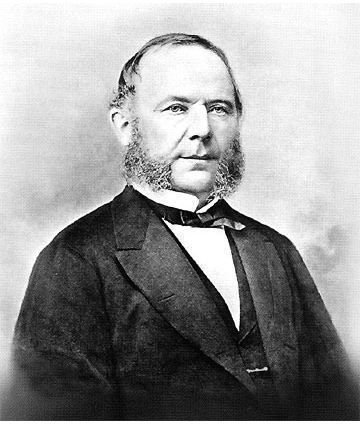A Look Inside the History of Entrepreneurship
To become an entrepreneur one has to assume the risk of a business or enterprise and organize and manage it so that it gives the return on the capital employed. An entrepreneur does not have to arrange capital as this could be beyond your expertise. However, successful entrepreneurs of the past have been able to convince the financiers or venture capitalists that their idea and business practices are sound and that they in partnership, proper returns on the money invested can be gained.
One of the first entrepreneurs was Marco Polo. He had ideas of trading with Asia in the 13th century and was sure of how he could get there and the materials he could trade. His expeditions were financed by venture capitalists in Venice with an assurance that he would share his profits with them. These loose associations continued to flourish in Europe and other parts of the world where people with money were willing to back ideas and new schemes when they were convinced that there was some pecuniary advantage in the end.
Entrepreneurship first took off when production levels exceeded local consumption and people were left with surpluses of the things they produced, whether in the form of agricultural produce, dairy products, livestock and quite a few manufactured items.
This initially led to a barter system that allowed people exchanged things to satisfy their own requirements. This further led to the development of the market place where people gathered to barter or sell their excess production in order to profit themselves. This came about with the realization that they could not wait indefinitely for a coincidence of wants before they could barter their own products.
Government agencies stepped into the act in the 17th century and made capital available to people to finance production ventures. The risk involved in such ventures was the sole responsibility of the entrepreneur and they had to make a fixed payment to the government, irrespective of any profit they made from the venture. Governments considered this as a source of revenue.
The economist, Cantillon, opined that in the 17th century an entrepreneur was a risk taker. In the 18th century, an entrepreneur was one who ran huge production projects without any financial risk and with finance provided by others, notably the government. A clear distinction was made between the entrepreneur and the capital provider. This change in thinking was necessitated by the industrialization that made its effect felt in that century. Even Thomas Edison ran into a huge financial crunch when he wanted to finance his ideas and inventions and had to get his capital from private sources. He was a complete entrepreneur and left the financing of his ventures to others.
The present development of entrepreneurship started after the Second World War in the 1950’s when nations were looking to build up their economies from the ravages of the war. People had new ideas for business or jobs as individuals and started in small ways with limited capital to form businesses which went on to challenge the well established companies.
The Internet has led to a virtual explosion of new ventures and entrepreneurs who have found newer and easier ways to do business are taking advantage of the ease of communication.
Nowadays, an entrepreneur is regarded as one who organizes, controls, purchases raw materials, arranges materials and machinery to produce the goods. An entrepreneur is also one who throws in their own expertise and inventiveness and also administers the venture.
A venture capitalist helps the entrepreneur with the capital to set up the venture but also takes the risk of its failure. If the entrepreneur succeeds the venture capitalist takes his/her own share of the profit which has been earlier negotiated. These returns are necessarily high to cover the risks taken.
Photo Credit: Wikimedia Commons
